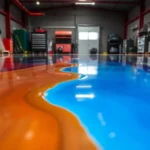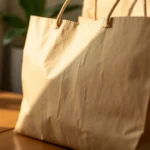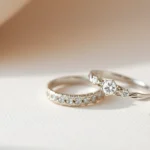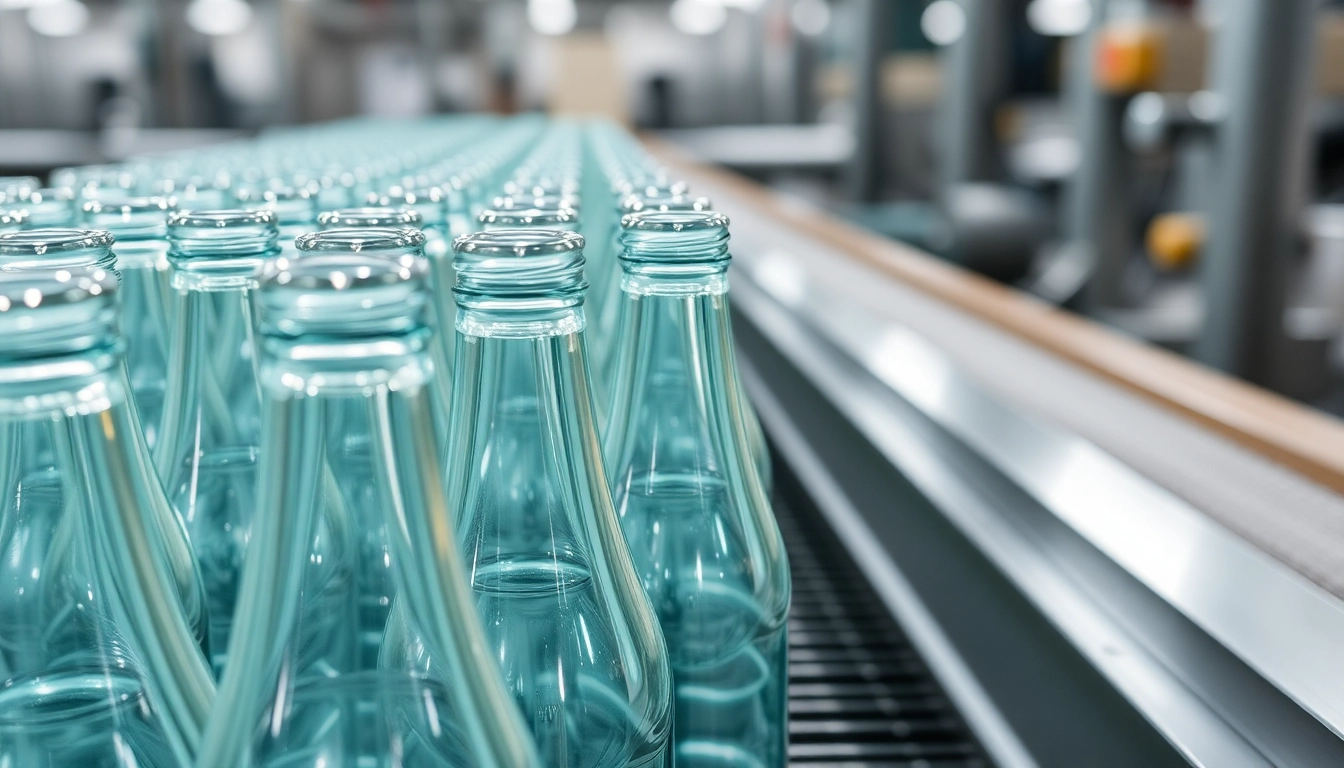Introduction to Polietilen Sise and Its Key Benefits
In the modern manufacturing and packaging landscape, the choice of materials significantly influences product quality, sustainability, and consumer safety. Among these materials, polietilen şişe has emerged as a versatile, durable, and environmentally friendly solution for a broad spectrum of industries. From pharmaceuticals and cosmetics to food and chemicals, polietilen şişe (polyethylene bottles) provide an optimal packaging option that balances cost, safety, and functionality. This comprehensive guide explores the ins and outs of polyethylene bottles, highlighting their composition, advantages over traditional packaging, industry applications, customization options, sustainability practices, and market trends, ensuring readers are equipped with insightful data to optimize their packaging strategies.
Understanding the Composition of Polietilen Sise
Polyethylene (PE), the foundation of polietilen şişe, is a polymer derived from ethylene molecules. Its molecular structure consists of long chains of carbon and hydrogen atoms, which confer remarkable physical and chemical properties to the material. The most common types used in bottle manufacturing are High-Density Polyethylene (HDPE) and Low-Density Polyethylene (LDPE), each offering distinct benefits.
HDPE is characterized by its rigidity, strength, and chemical resistance, making it ideal for products requiring durable containers. Conversely, LDPE offers greater flexibility and transparency. The manufacturing process involves molding these polymers into bottle shapes via blow molding or injection molding techniques, resulting in containers that are lightweight, impact-resistant, and chemically inert.
This composition not only ensures product integrity but also enhances safety, as PE is considered non-toxic and compliant with food-grade standards, making it a preferred choice for consumables and pharmaceuticals.
Advantages Over Traditional Packaging Materials
Polyethylene bottles outperform traditional materials such as glass or metal in several critical aspects:
- Lightweight and Impact-Resistant: PE bottles are significantly lighter than glass, reducing transportation costs and minimizing breakage during handling.
- Kemiksizlik ve Sağlık Güvencesi: PE is non-reactive, non-toxic, and FDA-approved for food contact, ensuring consumer safety.
- Koruyucu Özellikler: They provide excellent barrier properties against moisture and oxygen, preserving the contents’ freshness and efficacy.
- Ekonomik ve Seri Üretim: Maliyet etkinliği ve hızlı üretim süreçleri sayesinde üreticilere esneklik sunar.
- Recycling and Sustainability: PE is recyclable, helping reduce environmental impact when disposed of responsibly.
Moreover, PE bottles are less prone to corrosion or staining, maintaining clarity and aesthetic appeal over time, and are suitable for a wide range of chemical and beverage applications.
Common Uses in Various Industries
Polyethylene bottles serve numerous sectors, each leveraging specific traits suited to their needs:
Pharmaceutical Industry
Ensuring the purity and stability of medicines, PE bottles are used for liquid medications, syrups, and ointment containers. Their chemical inertness and ability to be sterilized make them indispensable in healthcare.
Food and Beverage
From water and juices to sauces and edible oils, PE bottles provide an airtight, robust environment that prevents contamination. Their customizable shapes and labels also support branding efforts.
Cosmetics and Personal Care
They accommodate lotions, shampoos, and cleansers, offering excellent design flexibility with color, decorative labels, and ergonomic shapes for consumer appeal.
Chemicals and Industrial Use
Industrial-grade PE bottles are used for storing cleaning agents, detergents, and other chemicals, thanks to their resistance to corrosive substances.
Other Applications
Seed packaging, art supplies, and specialty chemicals also benefit from PE bottles’ durability and versatility.
Choosing the Right Polietilen Sise for Your Business
Factors to Consider: Size, Volume, and Design
Selecting the optimal PE bottle involves assessing your product’s volume and packaging requirements. Sizes range from small 100 ml containers for essential oils to large 5-liter bottles for bulk liquids. The design should reflect ergonomic handling, ease of pouring, and aesthetic alignment with your branding. Customization options include various neck finishes, shapes, and colors to differentiate your product in the market.
Material Quality and Certification Standards
Quality assurance is vital. Ensure vendors supply bottles with compliance certificates such as FDA, ISO, and CE standards. High-quality polymers reduce the risk of leaks, contamination, and degradation over time. Certifications also confirm that raw materials meet health and safety regulations, crucial for food and pharmaceutical packaging.
Cost-Effectiveness and Supplier Reliability
Cost factors should include not only unit price but also shipping, minimum order quantities, and lead times. Reliable suppliers offer consistent quality, prompt delivery, and responsive customer service, which are cornerstone elements for maintaining smooth production flow and adaptability to market demands.
Design and Customization of Polietilen Sise
Color, Labeling, and Printing Options
Brand identity can be reinforced through tailored bottle designs. Color coding helps in product differentiation; transparent bottles display content clarity, while colored bottles protect sensitive ingredients from light. Labeling and printing can be applied via silk-screen, hot-stamp, or digital printing, allowing for logos, product information, and safety warnings to be seamlessly integrated.
Innovative Features: Leak-Proof Caps and Ergonomic Shapes
Enhancing usability, manufacturers now offer leak-proof caps, child-proof closures, and ergonomic bottle shapes that facilitate handling, especially for consumers with limited dexterity. Features like textured grips, trigger sprays, or flip-top caps can align with product-specific requirements.
Case Studies of Customized Packaging Success
Case studies reveal how bespoke PE bottles have elevated brand perception. For instance, a cosmetics brand redesigned its bottles with ergonomic curves and vibrant hues, leading to a 15% increase in sales and improved shelf visibility. Similarly, a chemical supplier adopted leak-proof caps and clear labeling, reducing customer complaints by 20%. These examples underscore the importance of strategic customization aligned with target market needs.
Maintaining and Recycling Polietilen Sise for Sustainability
Proper Care and Storage Guidelines
Proper maintenance prolongs bottle lifespan. Store PE bottles in a cool, dry place away from direct sunlight to prevent material degradation. Clean with mild detergents, avoiding aggressive chemicals that might weaken the plastic. When reusing, ensure thorough sterilization, especially for food or pharmaceutical applications.
Recycling Processes and Environmental Benefits
Recycling PE bottles involves collecting, sorting, cleaning, and remelting into raw material for new products. Recycling reduces landfill accumulation, conserves resources, and decreases energy consumption during production. Many countries now promote bottle-to-bottle recycling, a closed-loop process contributing substantially to circular economy goals.
Future Trends in Eco-Friendly Bottle Manufacturing
Emerging innovations include biodegradable plastics derived from renewable feedstocks, and advanced recycling techniques like chemical recycling that break down plastics into monomers for reuse. Eco-design principles now integrate lightweighting, labeling reduction, and multi-material integration to enhance sustainability further. Industry leaders are investing in research to develop sustainable PE alternatives that maintain the properties consumers expect.
Market Insights and Industry Trends on Polietilen Sise
Global Demand and Emerging Markets
The global polyethylene bottle market is experiencing robust growth driven by expanding packaging needs in Asia-Pacific, the Middle East, and Africa. Rising disposable incomes, urbanization, and increased consumer awareness about product safety contribute to sustained demand. Emerging markets are also adopting advanced manufacturing technologies for high-quality, customized bottles.
Innovations in Manufacturing Technology
Automation, 3D printing, and smart manufacturing are enhancing production efficiency and precision. Innovations include lightweighting techniques, improved barrier properties, and eco-friendly additives that enhance recyclability. Industry players are pursuing continuous improvement to meet evolving regulatory and consumer expectations.
Regulations and Quality Standards for International Trade
Compliance with international regulations ensures market access. Standards such as ISO 9001, ISO 22000, and environmental certifications are increasingly mandatory. Clear labeling regarding recyclability and safety adds transparency. Manufacturers that proactively align with these standards gain competitive advantages and reduce legal risks.









